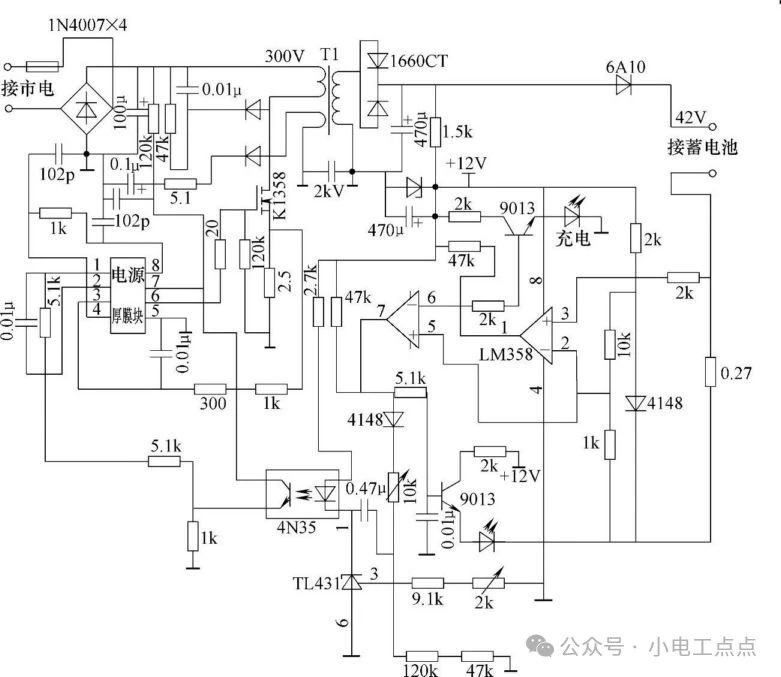How does an electric bike charger work?
How does an electric bike charger work?
The charger mainly consists of a plastic shell, an output plug, an input plug, etc. There is an indicator light on the charger, which serves as both a power indicator and a charging indicator. To use it, first plug in the output plug for charging, and then plug in the input plug to start charging. Charging a battery is not as simple as just connecting it to a power source. For example, AC power cannot be used for charging without being converted to DC, and the voltage and current must be appropriate. Overcharging is also not allowed. All these need to be handled by the charger.
There are two types of charger structures: transformer-based ordinary chargers and switching power supply chargers, each with different characteristics. Current electric bicycle chargers generally use switching power supply chargers, which are mainly composed of switching transformers, transistors, control integrated circuits, etc. Chargers using switching power supply technology have a wide range of applications, suitable for charging both lead-acid batteries and lithium batteries. They have features such as a wide input voltage range (AC 100-240V), output overvoltage protection, intelligent anti-reverse connection, long-term short-circuit tolerance, and intelligent three-stage charging.
The basic principle of the charger's circuit diagram is that it converts the input 220V AC voltage into a DC voltage of around 300V through rectification and filtering. The 300V DC voltage is then transformed into a controlled AC voltage through the switching on and off of the switch tube. The AC voltage is coupled through a switching transformer to generate low-voltage AC power on its secondary side. The low-voltage AC power is then rectified by a diode to output a DC charging voltage.
The switch tube is controlled by a power thick-film block, and a 4N35 optocoupler feeds back the secondary voltage fluctuation signal to the power thick-film block to stabilize the output voltage. The advantage of using a switching power supply as a charger is that it can effectively control the output based on the size of the load, protecting the load and saving energy.






